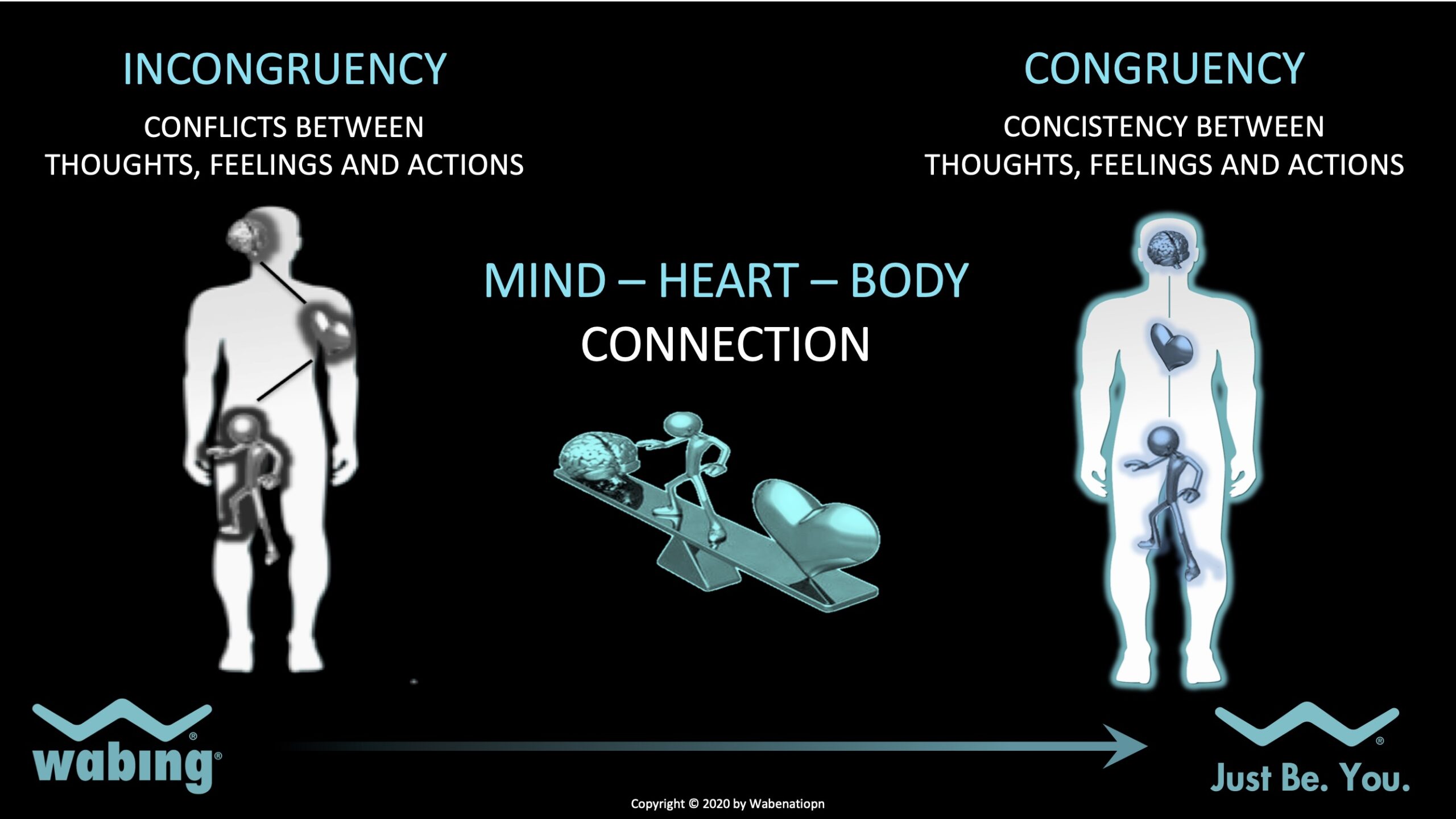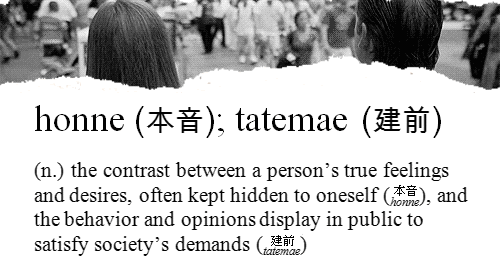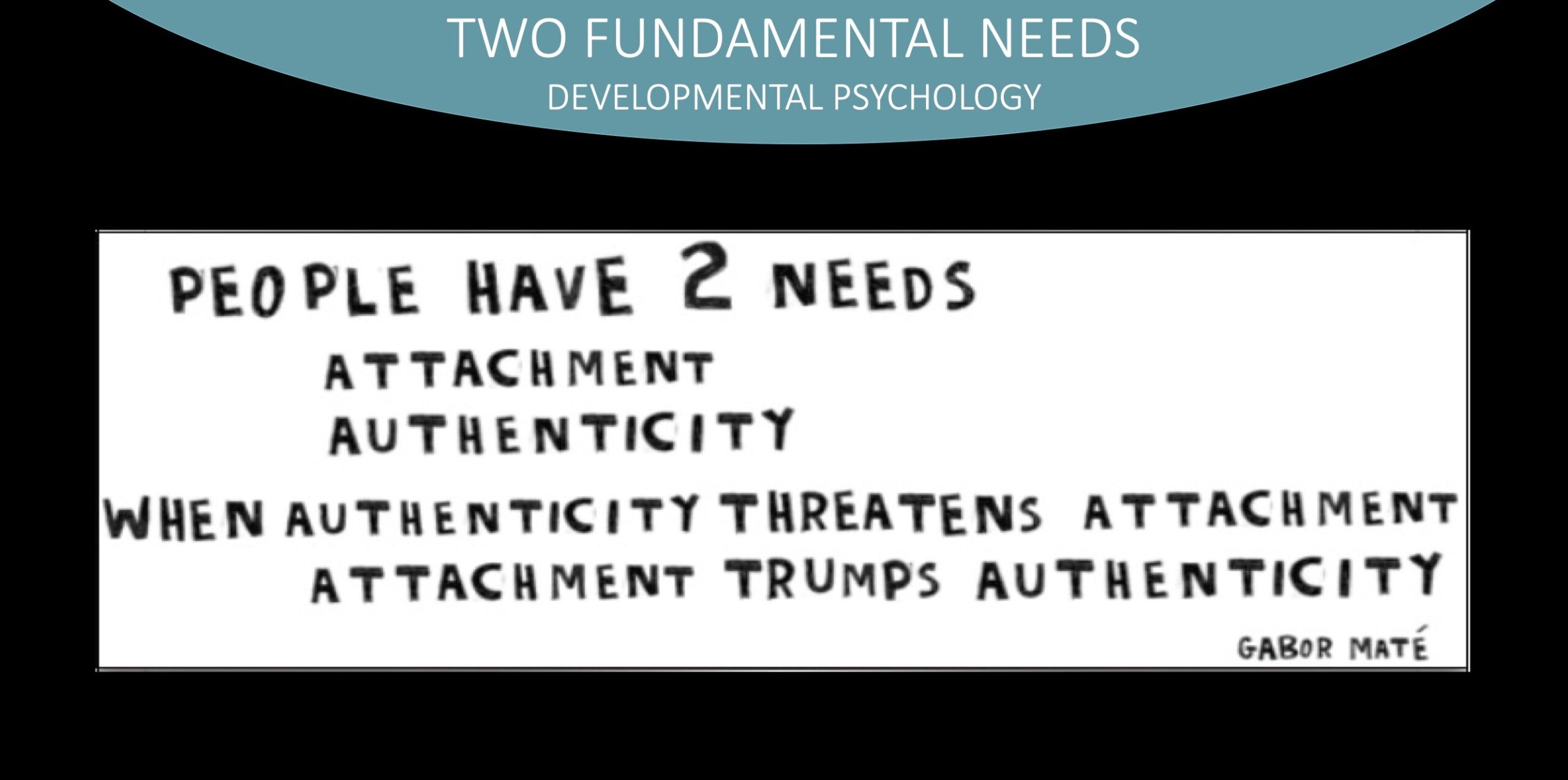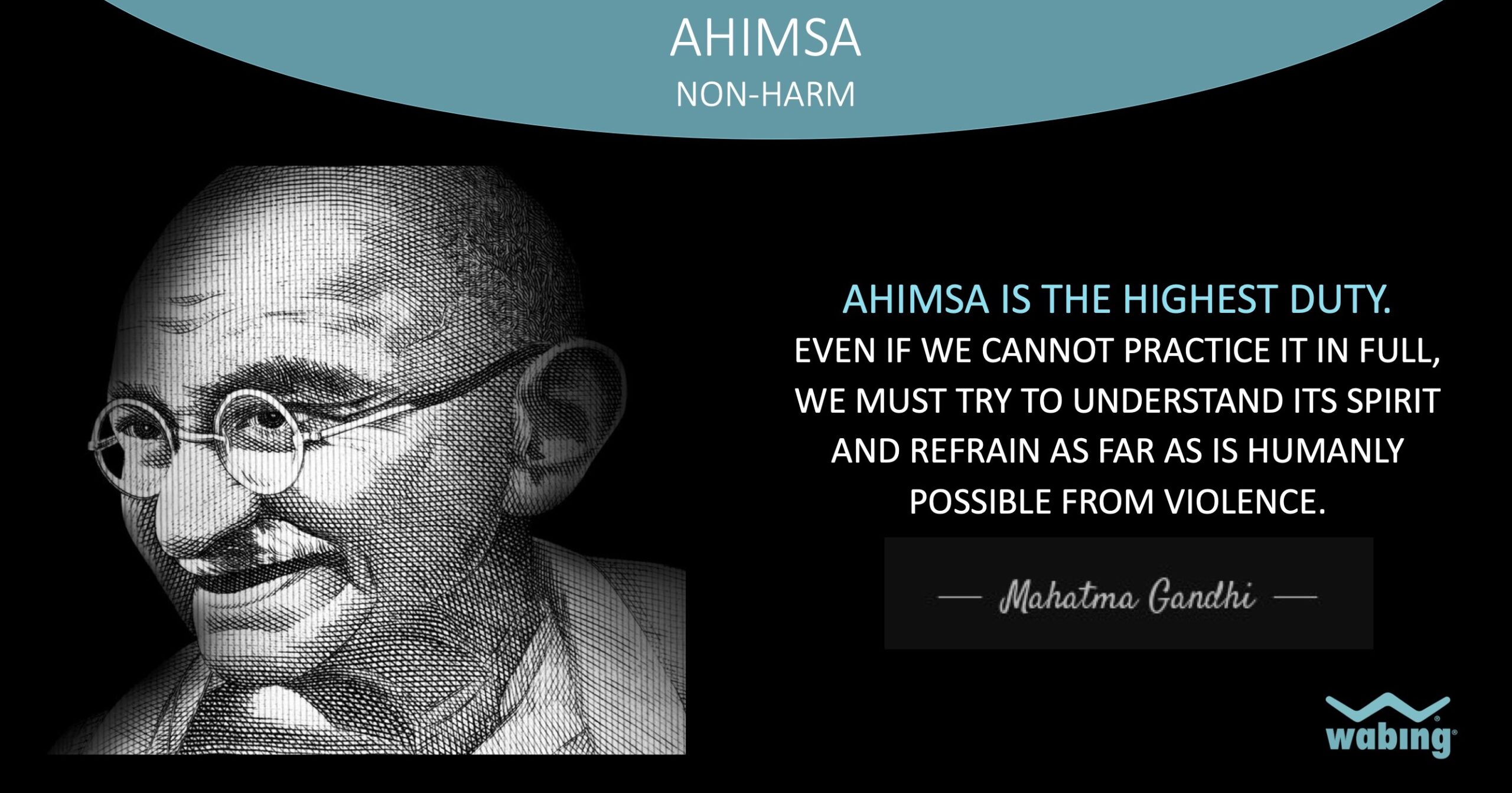Moral Devolopment and Congruency
Assignment – Discussion – Developmental Psychology: Most Western societies emphasize honesty, and children are taught to ‘always tell the truth’. In contrast, the Japanese culture has an ethic called tatemae, which is the desirable ethical decision to avoid telling the truth to preserve social harmony. What are the advantages and disadvantages of tatemae? Under what circumstances would you use tatemae? Briefly, what social context best informs your response?
Inner conflicts as Incongruency Between What We Think, How We Feel, and How We Act
As a parent, I have a variety of goals for my daughter’s upbringing. One of those goals is for my daughter to feel secure and loved, as well as to develop the skills necessary to overcome adversity and thrive as a person. Personally, I’ve discovered that the situations that have gotten me into the most trouble have occurred when I ignored my deeper feelings. In these instances, I may have thought one thing, felt another, and occasionally acted differently. Inner conflicts, manifested as incongruence between cognition, feelings, and actions, frequently result in outer conflicts. Perhaps I felt compelled to do something because I felt obligated to do so by friends or family, or because I expected it of myself as a result of lofty personal expectations or hidden belief structures that “compelled” me to make a particular choice. Additionally, I may have avoided doing something out of fear, or I may have done something out of wishful thinking, or I may have done something out of a desire for something I didn’t really need.

An essential component of this dynamic seems to be the ability to distinguish between the “personal mind” of the individual and that of the group or “public mind,” e.g., to distinguish between my true feelings, desires, and fears, as well as those of others. To facilitate this discernment process, it is useful to find or use terms that distinguish between these two entities, i.e., the personal mind and the public mind. In Japanese culture, it seems that at least since the postwar period, the two expressions “honne” and “tatemae” have been used to represent this delicate dynamic (Doi, 1986). Honne in Japanese means “true sound” and refers to a person’s true feelings and desires. Tatemae, on the other hand, translates to “facade” or “built in front” and, in contrast, refers to the behavior and opinions one displays in public (Doi, 1986). In Japanese culture, and to some extent in our Western culture, it is common for a person’s honne to be inconsistent with their public tatemae. One way to deal with this contradiction between the private and the public mind, what I feel deep inside and what is expected of me, is to learn to hide my inner authentic self, to try to fit into the context, and as a result, even to start telling white lies or normal lies.

Let me draw on a quote from a doctor and an ancient principle of Buddhism and Hinduism to help find the balance between individuality and belonging to something greater. I hope these words of wisdom will help clarify this delicate balancing act between the need for authenticity and the need to belong to a group. Dr. Gabor Mate’s books have helped me better understand how important it is for clients in trauma and addiction treatment to reconnect with their “authentic selves.” He describes that as children grow up, they “have two needs: Attachment and authenticity. When authenticity threatens attachment, attachment trumps authenticity” (Paloma Foundation, 2017). Thus, if a child is not allowed to express actions, thoughts, and feelings that are authentic to him or her, that is, his or her honne, then he or she automatically conforms to the expectations of his or her parents or caregivers. In this sense, the person’s honne is suppressed in order to become someone who is accepted by the group to which the person belongs. Perhaps a Japanese version of Dr. Mate would say, “When honne threatens attachment, tatemae trumps honne.” As for my daughter, I want to inspire her and teach her to find different activities that will help her get in tune with her deeper inner feelings on a daily basis. Some of these activities can be: Meditating, journaling, dancing, just about anything that helps her tune into and express her deeper feelings.

Although I believe that honesty is always something to strive for in the long run, I also know that communication is difficult and that what one says can often be misunderstood because of the complex processes involved in perception and communication. Therefore, it may be wise not to always express your deeper feelings to everyone. There must be a receiver and the receiver must be willing to receive. In many cases, and this is alluded to in the quote by Dr. Mate, you can be punished or suffer consequences for expressing your truth. One principle that can be helpful in balancing honesty and authenticity with belonging to a group is the ancient Hindu and Buddhist principle of Ahimsa, non-violence. The idea of Ahimsa is that one’s actions, words, or even thoughts should not cause harm to another being. Since, according to Hindu tradition, all other beings have a spark of the divine within them, harming another human being means that I am harming myself as well (Arapura, 1997). When practicing ahimsa, one should not harm oneself or another person. This means that it is advisable to respect one’s own boundaries equally much as I am respecting another person’s boundaries. Just as I should not physically, verbally, or mentally harm or abuse myself, I should not do it to another person, or vice versa. So in terms of tatemae, practicing the virtue of ahimsa or nonviolence, which is certainly much more complex than described here, can help me respect my deeper authentic self or private mind, relating to honne, and at the same time respect other people or the public mind, relating to tatemae.

Therefore, I will do my best to help my daughter become who she is at her core, and I will also do my best to teach my daughter that it is okay to tell a white lie sometimes. For example, if Astrid, my wife, and I are just walking into a restaurant and my wife asks if she’s dressed right, it’s always okay to say that she looks as beautiful as the day we first met, even if she happens to have a little stain on her dress as she did a few weeks ago. Or as Maya Angelou so wisely puts it, when it comes to the art of being human and developing human relationships,
“I have learned that people will forget what you said, people will forget what you did, but people will never forget how you made them feel” (Tunstall, 2014).
In conclusion, I would recommend to my daughter, or anyone for that matter, to use honne first regardless of the circumstances, to always connect with yourself on a deeper level. From this grounded and hopefully centered state of compassion and self-compassion, tatemae and ahimsa can then be applied in dealing with others. In this way, it is hopefully easier to accomplish the balancing act of remaining in resonance with one’s authentic self while respecting the needs of others and being part of something greater.
References
Arapura, J. (1997). The Spirituality of Ahimsa (Nonviolence): Traditional and Gandhianin. In K. R. Sundararajan and Bithika Mukerji (Eds.), Hindu spirituality: Postclassical and modern (pp. 392–417). Crossroads Publishing Company.
Doi, T. (1986). The anatomy of self: The individual versus society (M. A. Harbison, Trans.). Tokyo: Kodansha International.
Paloma Foundation. (2017, April 9). Authenticity [Video]. Youtube.https://www.youtube.com/watch?v=G57xfseSUTU
Tunstall, E. (2014, May 29). How Maya Angelou made me feel. The Conversation.
https://theconversation.com/how-maya-angelou-made-me-feel-27328

No Comments